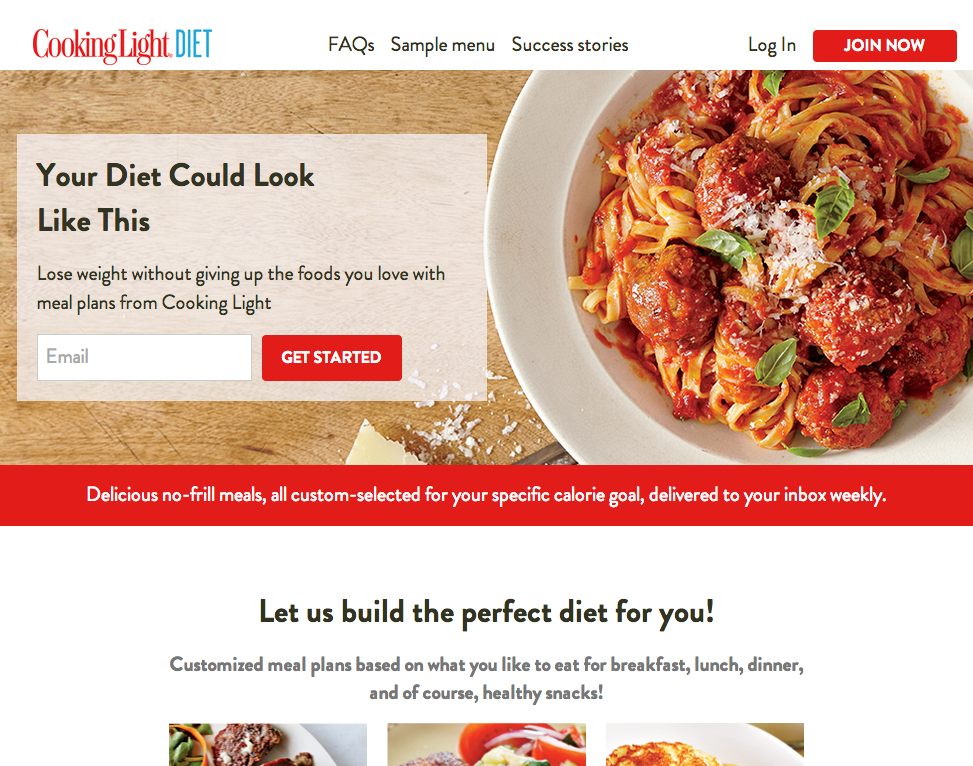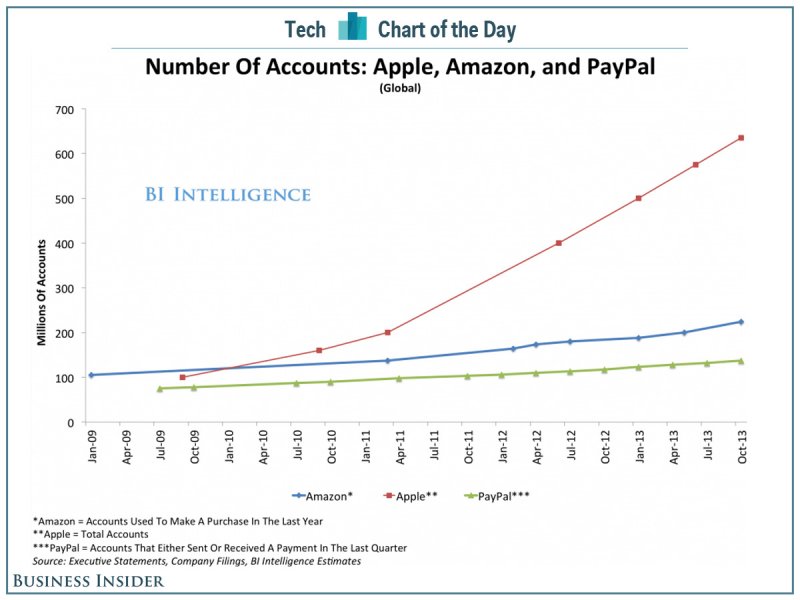Peter Kafka of all things D wrote The Apple in The Room in 2006 (also re-posted it this morning on Twitter), but with the rise of social media, it’s become more and more true. Companies have an end around CES.
Some have lamented the departure of Microsoft from the show. If anything, Microsoft’s departure as the anchor of CES shows its decline but also how far behind the curve MS really can be.
Since companies create their own media channels, they have much more flexibility about when and how they communicate product news- both big and small. An age of real time and more transparent corporate comms also means companies can publish and shape a message all year long, at will.
The article's points about the smart devices, really the Internet of Things trend, have changed the important players. Meaningful, differentiating innovation – the kinds of WOW I WANT THAT features consumers want – happen so frequently outside the pavilion or dates of the show.
CES used to be an event for the journalists to carry the message to consumers. But now consumers don't need the journalists (not exclusively, anyway) to tell them what is cool this year. Also, important industry announcements are increasingly coming at places like TC Disrupt and the Launch conference. So yes, CES failed to keep pace with the industry but I am not sure it had a chance against the tide.
My experience at SXSW last year was very different from the previous year. In 2010, it felt like being at the center of the universe and the cusp of very important trends. At SXSW 2011, we saw more or less the continuation of the same trends, but the Interactive festival has gotten so crazy, so big, so commercial, I wonder if the big brand dollars that have flocked to the event have sapped it of some of the weirdness that made it great.
And trade shows have been replaced by Brand Shows: the biggest games like World of Warcraft and Call of Duty are now so large they have their own conferences. These events are media channels, concentrated pockets of support for the product, hungry for news. The attendees are motivated and they want to BUY STUFF. They are powerful message multipliers. The scale and style of these kids of gatherings will vary by brand but if you have that, why wait for CES?
 Digiday has a nice look at "product builders" at Time, Inc., who in their independent existence (free of the Time Warner mothership) begin with an idea and a landing page, find some early adopters, and refine their products. The "Cooking Light Diet" app appears to be one example.
Digiday has a nice look at "product builders" at Time, Inc., who in their independent existence (free of the Time Warner mothership) begin with an idea and a landing page, find some early adopters, and refine their products. The "Cooking Light Diet" app appears to be one example.
